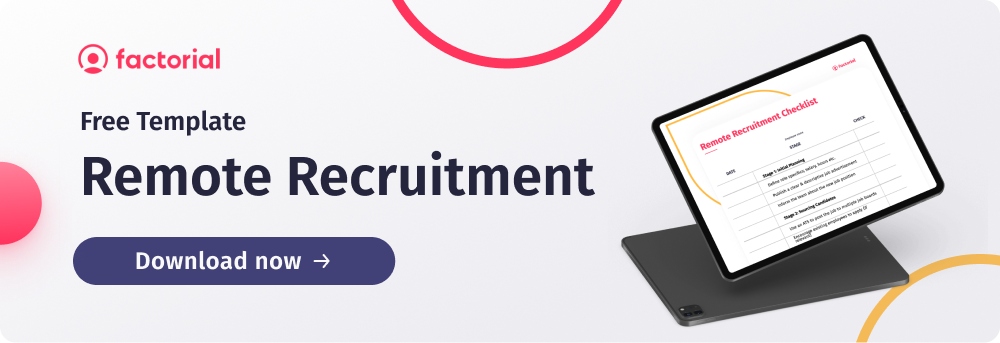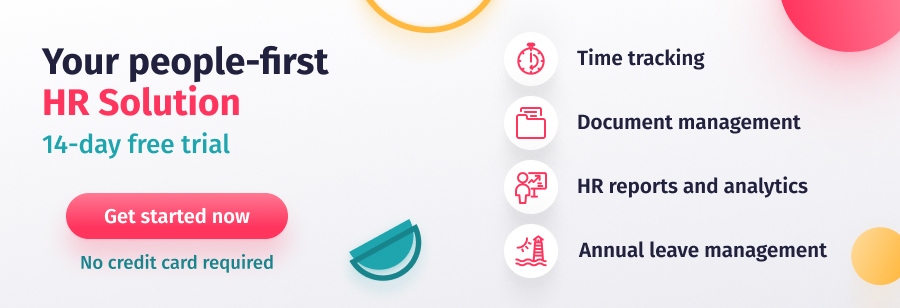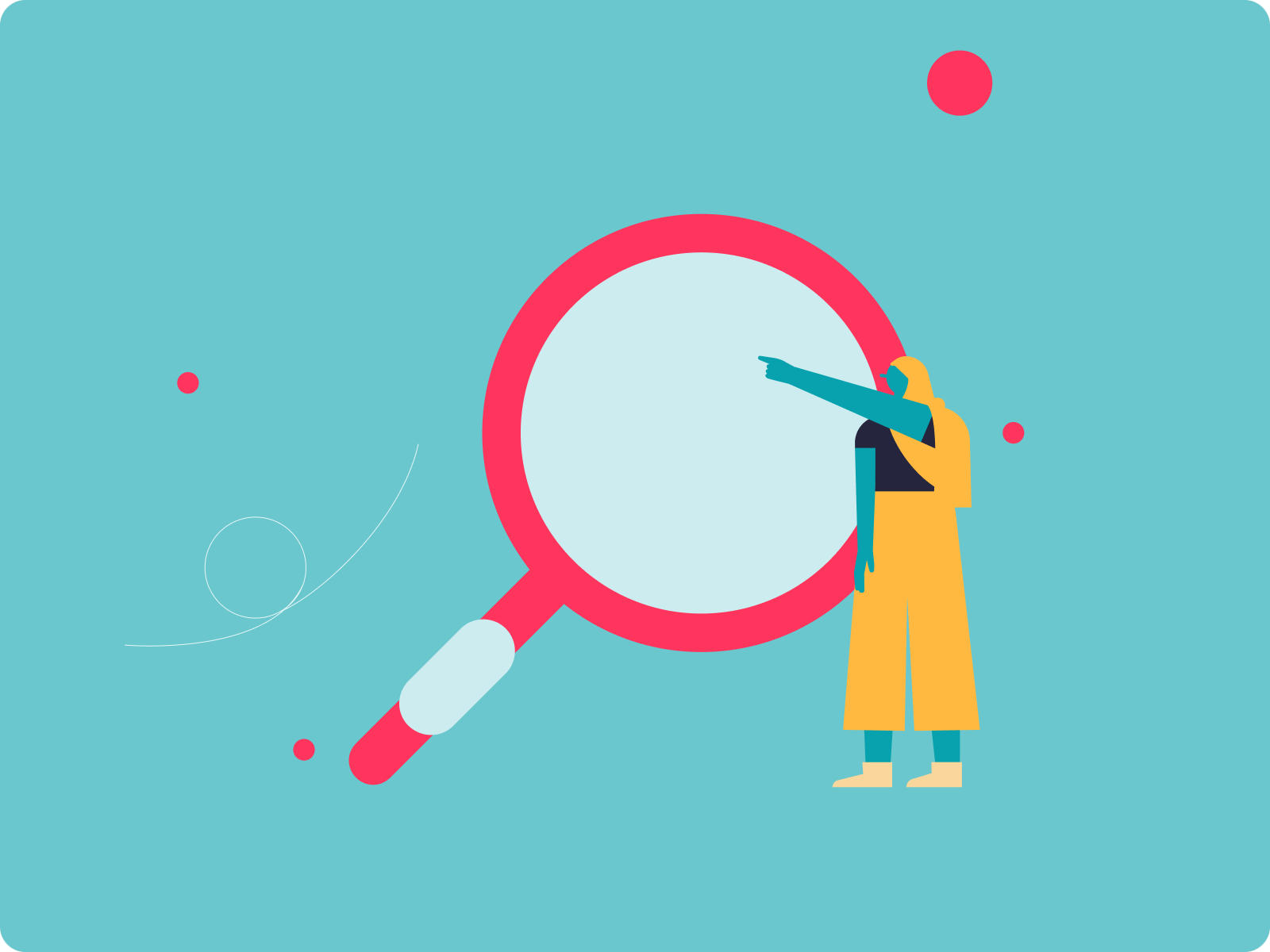Artificial Intelligence has dominated popular culture for decades, but now it’s also having its heyday in the real world. Bill Gates recently touted ChatGPT as the most crucial tech advance in decades, and Google has opened up its own rival AI chatbot, Bard.
It’s hard to appreciate quite how substantial the impact of developing AI technology will be. Still, its technology has been making waves across society, with positive benefits like enhancing employee productivity and performance, improving healthcare, and increasing access to education.
For all its advances, however, AI remains a controversial topic. There are swathes of ethical challenges; AI decisions aren’t always intelligible to humans and are susceptible to inaccuracies, discriminatory outcomes, and embedded or inserted bias – however unintentional.
And with artificial intelligence still in its relative infancy, research is still scarce, but what does exist is sometimes troubling. As part of its DigitALL theme for International Women’s Day, UN Women reported that women comprise only 22% of artificial intelligence workers globally. A global analysis of 133 AI systems across industries also found that 44.2% demonstrate gender bias.
Whatever you think about Artificial Intelligence, it will undoubtedly change how we live and work in multifaceted and complex ways in the coming years, particularly in human resources.
In this article, we’ll examine artificial intelligence in HR in more depth, discuss its impact on employee training and development, and give you some ideas of how you can leverage it in your organisation in today’s world.
Table of Contents
What is Artificial Intelligence?
Deloitte’s Chief AI Officer, Sulabh Soral, describes AI at its most basic as “software that mimics and generates human behaviours – planning, generating ideas, understanding speech and visuals.”
It is a simple enough definition, but the scope of artificial intelligence is broader than we can imagine, which is perhaps why we all have different interpretations. And as we learn more about AI in this article, we’ll see how much of the field remains unexplored.
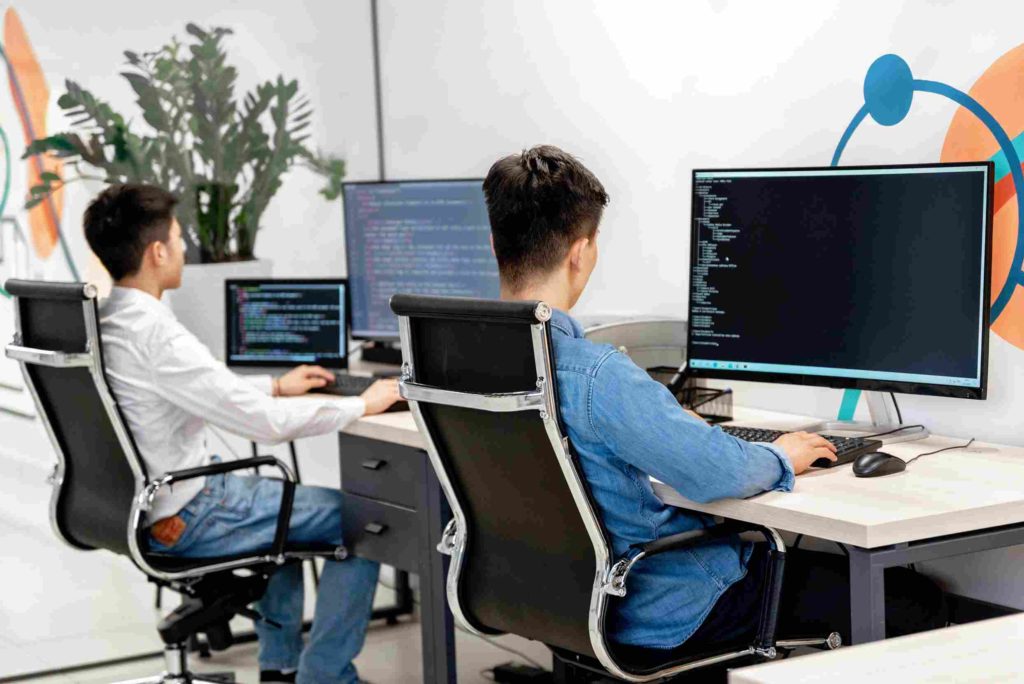
There are two ways artificial intelligence is generally classified.
The first classifies AI and AI-enabled machines based on their likeness to human minds. In this classification system, there are currently four categories.
1. Reactive
This is AI’s simplest form – think SPAM filters, weather apps, automated administrative tasks, and Netflix’s recommendation algorithm. These machines react to real-time situations but can’t be taught or recall data to make decisions. They focus on observing the live environment.
2. Limited Memory
Limited Memory AI is what’s hit the headlines most recently. Although vastly different, artificial intelligence offers such as ChatGPT and self-driving cars are both limited memory AI.
The ability to extract knowledge from previously learned data and use that data to make better, informed decisions, over time characterises this group of AI machines. It’s called machine learning and includes self-driving cars, which are programmed with algorithms that allow them to operate but also interpret all the data from their environment to react and adjust when necessary.
3. Theory of Mind
‘Theory of Mind’ is a term from psychology that relates to how our behaviour is affected by our thoughts, feeling, and emotions. This is the next hurdle in AI development.
‘Theory of Mind’ artificial intelligence, or cognitive computing, goes beyond machine learning. It refers to an AI’s ability to understand and remember the emotions of what it interacts with and adjust its behaviour based on those emotions.
Essentially, ‘Theory of Mind’ will be achieved when machines have emotional intelligence and decision-making capabilities equal to humans. This type of artificial intelligence currently only exists as a concept or as a ‘work in progress,’ although two robots, Kismet (2000) and Sophia (2016), have shown signs of ‘Theory of Mind’. Kismet could recognise and replicate emotions through facial features, and Sophia could ‘see’ emotions and respond appropriately.
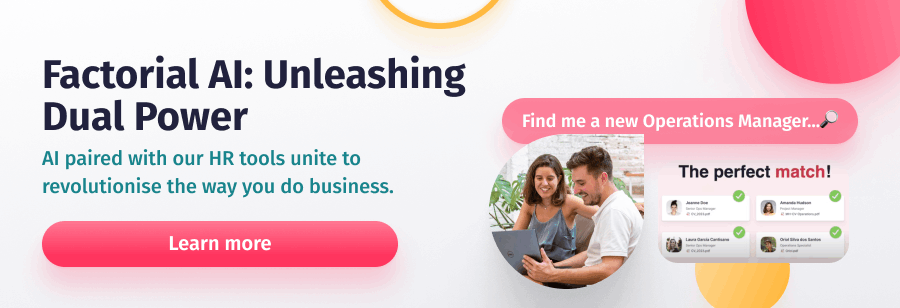
4. Self-Aware
Self-aware AI goes beyond the theory of mind and only exists in the hypothetical. Where a machine that has achieved a theory of mind is aware of the emotional state of others, self-aware AI is also cognisant of its own.
At this stage, AI would have human-level intelligence, consciousness, and the same needs, desires, and emotions. Self-aware AI is the stuff of science fiction apocalypses. It throws up all sorts of complex problems for humanity because, with a full range of human desires and emotions, these machines are capable of ideas like self-preservation which could easily conflict with human existence.
The second system of classification used for AI breaks technology down into three categories. The four we’ve already talked about fit into these categories too:
· Artificial Narrow Intelligence (ANI) – describes all existing AI, including the most complex machine learning AI machines. ANI machines can do nothing more than what they’ve been programmed to do, and this group corresponds to the reactive and limited memory classifications we mentioned previously.
· Artificial General Intelligence (AGI) – this category will describe AI when it can replicate the multi-functional capabilities of humans, like learning and understanding. It includes the theory of mind and self-aware AI.
· Artificial Superintelligence (ASI) – It’s difficult to fathom what ASI will look like because the human attributes of AGI machines, combined with infinitely faster data processing, analysis, decision-making, and vastly superior memory, will far outstrip our capabilities. ASI will likely mark the peak of AI development and lead to ‘singularity.’ Singularity is a theoretical point in the future when technological growth becomes uncontrollable and irreversible, resulting in unforeseeable changes to human civilisation.

Artificial Intelligence in Training and Development
So, how can artificial intelligence support HR teams in the space?
Learning and development programmes can be difficult to implement in the workplace due to reliance on investment and difficulties driving employee engagement, which can create a poor ROI. UK businesses spent £42 billion in 2020 on learning and development. Per person, that equates to a massive £1530.
However, training often falls short of expectations. A recent survey of 600 Learning and Development and other human resources professionals found that 99% of respondents had seen an ineffective training plan or initiative that failed to deliver on objectives. Completion rates paint a similar picture, with only 15% of courses available on the Massive Open Online Courses network completed.
Learning and development aren’t areas we can simply dispel, though. They are intrinsically linked to job satisfaction, with a massive 94% of employees surveyed by LinkedIn reporting they would stay at a company longer if they saw investment in their learning and development. In the same report, 99% of L&D and HR professionals also agreed that if skills gaps weren’t closed, it would cause significant challenges for their businesses in the future.
It’s a problem all businesses and HR departments should be considering. To understand how AI can form part of the answer, we must appreciate the different types of AI technology that can solve this multi-faceted problem.
- Workforce Analytics – AI tools can help access depths of data HR professionals have never been able to. The possibilities from analyzing data span across deep diving into assessment metrics for insights and transforming learning and development programmes. It can also deliver a higher level of HR reporting confidence.
- Artificial Mentoring – Deploying AI chatbots allow for a more personalised and engaging experience for individuals but can be rolled out to entire organisations.
- Augmented Content – Virtual reality-enabled content is more engaging for learners but also improves internalisation and the application of learned skills and behaviour.
- Improved Access – AI-powered learning management systems (LMS) make L&D programmes accessible on demand. Individuals can tune into content when and where they want and monitor their progress with career journey trackers, map career paths, and predict their learning and development needs – wherever they are in the employee lifecycle.
- Personalisation – AI can take learning beyond traditional one-size fits all programmes. Language, learning style, and communication preferences are all customisable, giving learners control.
These different types of artificial intelligence improve business return on investment, save time and money, and can improve company culture, employee performance, and engagement.
The knock-on effect is also significant. By enhancing learning and development programmes, HR professionals and their businesses can expect to:
- Attract and retain talent
- Improve employee performance and productivity
- Better succession planning
- Enhance adaptability and innovation.
Key Uses of AI in Training
Let’s look at some ways we can leverage AI in HR to impact learning and development and improve the work environment.
Identifying learning gaps
How we currently analyze data to identify learning gaps within our organisations is a manual burden on HR managers. Data collection and analysis, even with the help of HR technology, is time-consuming and relies on accurate team feedback and information.
AI can compute massive data sources from different areas in the business to identify gaps in knowledge, both in the organisation and in individuals. By identifying these gaps, HR managers can execute learning and development strategies in a targeted way to bridge them.
For instance, using HR technology and performance management software to conduct performance reviews and track poor performance within a team allows managers and HR professionals to find the knowledge and skills gaps and address them rather than delivering blanket training. The benefits are twofold: costs are reduced by providing training only where necessary, and your team feels like their individual requirements are being considered, improving the company’s culture and employee experience.
Knowledge gaps for new hires can also be predicted, allowing HR processes to be more active in their succession planning rather than reactive.
Personalised learning experiences
We’ve learned more about individuals differing learning styles in recent years. Preferences depend on cognitive, emotional, and environmental factors, and learning outcomes can be vastly improved when individuals can learn with their preferred style.
There are seven commonly recognised learning styles, and generally, we show a preference for two of three:
- Visual
- Kinaesthetic
- Aural
- Social
- Solitary
- Verbal
- Logical
Artificial intelligence-backed learning and development tools leverage the AI’s adaptive machine learning and capabilities to collect and analyze data on the learners’ preferences and continuously adapt the training to suit their needs. The deep level of personalisation possible with AI integration allows learners to take ownership of their skills development, setting their objectives, pace, and learning style, boosting employee engagement and improving completion rates. This has further implications for neurodivergent employees who might struggle with traditional learning methods, particularly retaining auditory and written information.
Currently adopted AI has already made significant headway in making training programmes more accessible in other ways. For example, Google’s Automatic Captions Video App helps deaf people access video by automatically generating captions, which it can do in over 50 languages.

Round-the-clock assistance
AI chatbots can instantly and efficiently answer common and standard queries – without holding up the learner.
Chatbots can support and guide learners without human drawbacks – like sleeping, forgetting, getting ill, and going to the bathroom!
Intelligently designed chatbots can engage learners with real-time interactions, instant access to relevant information, real-time responses, and appropriate follow-up.
Immediate feedback has also been found to deepen learner understanding, reinforcing knowledge and correcting mistakes rather than repeating them. Research shows that students who receive immediate feedback could fix many of their initial incorrect answers and achieve higher revised scores than those who receive delayed or no feedback.
Many tools are taking this further and providing digital tutors available 24 hours a day, seven days a week. It might sound futuristic, but apps like Duolingo are already deploying artificial intelligence by leveraging chatbot software to coach language learners through their language learning to great effect.
With the advances in artificial intelligence chatbots producing human-like responses in conversations with users, it’s not crazy to think AI could eventually replace traditional trainers and tutors.
Workflow-integrated training
If Google’s 20% rule is anything to go by, we should all spend more time learning new skills. The business encourages employees to spend a fifth of their time learning new skills or alternative projects. While it might not be Google’s only success contributor, it’s probably not holding it back!
We all wish we could park the emails, skip a couple of meetings and push that deadline in favour of learning something new that would further our careers, but our day jobs often get in the way of our learning and development programs. So much so Deloitte indicates that we as employees spend only 1% of our time on learning and development.
Deploying artificial intelligence can help in two simple but effective ways:
· Automatically breaking learning down into manageable, bite-sized chunks.
· Incorporating learning into our daily routines.
Integrating learning into the workflow improves people’s performance and their perception of training – instead of feeling like they’re being distracted from their day jobs. Learning can also happen in real-time; for instance, when an individual comes across a problem or a task they don’t have the skills to tackle, they can access the resources they need there rather than waiting for a training course.

